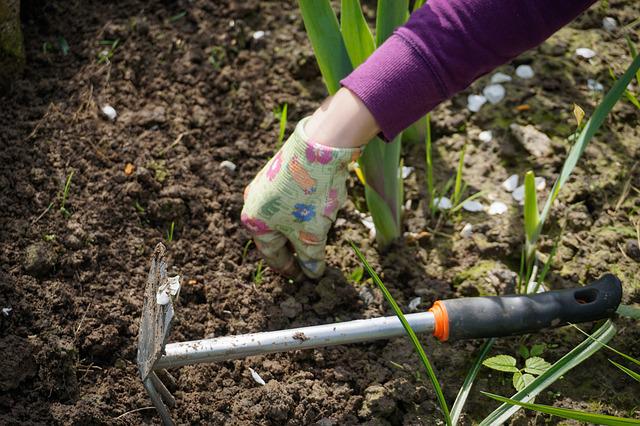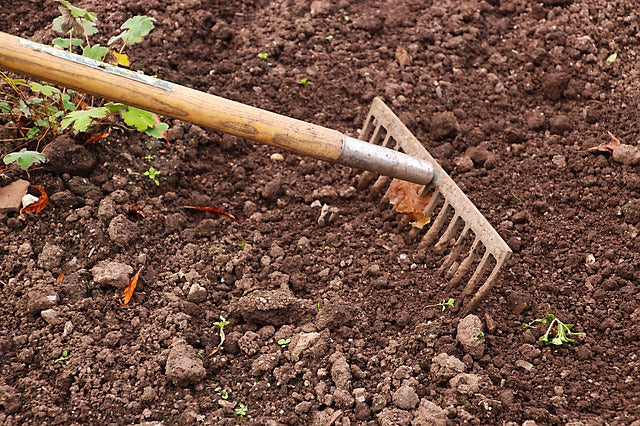By Michael Jenkins | May 19
Vegetable gardens are great sources of joy and satisfaction—nothing beats a home-grown tomato—but they do require work and upkeep. Weeding the garden can be one of the most tedious and frustrating chores, particularly if the weeds get ahead of you! Here at Gardzen we’re all about solutions, and the good news is that we have some for you. Let’s take a look at some tips and tricks for weeding your vegetable garden so that you can enjoy the bounty of your harvest with less work.
As with so many things in this life, when it comes to weeding prevention is better than cure. What we mean by that is that it is far easier to block weeds out of your garden in the first place than it is to deal with them after they’ve taken root. There are a couple of simple ways to do this: after you’ve prepared and watered the soil, spreading sheets of plain cardboard or layers of brown paper grocery bags on top and then mulching over them can help keep weeds down. Just poke an appropriately sized hole through the mulch and cardboard/paper weed barrier and plant your seedlings like normal. Using repurposed, biodegradable weed barrier like this has several advantages: it not only helps keep weeds down, but it adds “brown” matter to your soil and lets it compost in naturally. It can also act as a moisture barrier, allowing rain through while mitigating the drying effects of sun and wind. Just make sure to water heavily so that the weed barrier stays moist and allows water through!
The next step in weeding effectively is to know your weeds. Every space is going to have different weed problems, as different plants fill the weed niche. This is where local knowledge is helpful—connecting with other gardeners in your area or asking your local county extension can shed some light on what weeds you should expect and how best to deal with them. Once you know your enemy, as the saying goes, you’ll be better equipped to deal with them. Some weeds need to be removed carefully one time, others just need regular suppression till they stop growing on their own. Some will have deep roots, making full removal difficult—dandelions are famous for this. Once you understand the kind of weeds you’re up against, it’s easier to develop a strategy for dealing with them.

When it comes to successful weeding, timing is everything. This means both weeding often enough and weeding at the most effective times. Generally speaking, for established plants weeding once a week is enough, and either hand weeding or careful and judicious use of a hoe are equally effective. When your plants are in the seedling stage, however, hand weeding is preferred as it allows you more care and control, Many seedlings don’t react well to having their roots disturbed, so a bit more caution is required. It’s also generally best to weed you garden either after a rain or after you’ve watered heavily. Wet soil is easier to work with, making it less effort to pull weeds and reducing clumping and soil loss.

Should you compost your weeds once you’ve pulled them? The answer is a firm “maybe”--many weeds do compost well and add needed matter to your compost. However, caution should be used as pulled weeds may release seeds or rhizomes into your compost and start the whole problem over again when they germinate. Again, local knowledge can be helpful and getting to know your weeds is a must.

We hope this short guide helps you weed your garden more effectively and efficiently. Gardening is a wonderful pursuit, but making it simpler and easier is also good. If you have any tips and tricks about weeding, or dealing with weeds, please share them with the rest of the community either here in the comments or on our social media!

Leave a comment